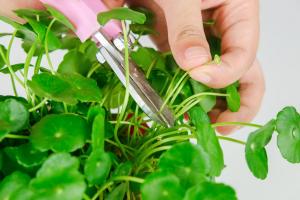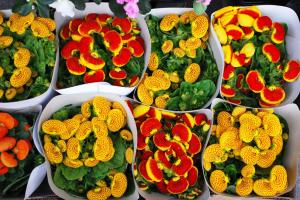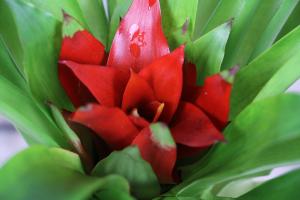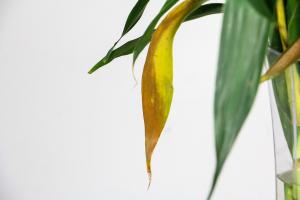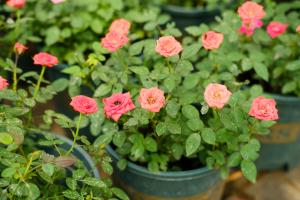Do fruit trees need to be planted in pairs?
If you're considering planting fruit trees in your garden, you might be wondering whether it's necessary to plant them in pairs. In some cases, fruit trees do need a pollinator tree of a different variety to produce fruit. However, this isn't always the case.
Self-pollinating trees
Several fruit trees are self-pollinating, meaning that they can produce fruit without needing a pollinator tree of a different variety. These include many varieties of apple, pear, and cherry trees. However, even self-pollinating trees will usually produce a better yield when planted alongside a different variety of the same fruit tree. This is because pollination is more effective when different varieties are mixed together.
Some varieties need a pollinator
Some fruit tree varieties, such as plums and apricots, are not self-pollinating and require a pollinator tree of a different variety to produce fruit. If you only have one type of tree, you may need to consider planting another variety nearby. Some fruit trees require cross-pollination, which means that they need a different variety of the same fruit tree to provide the necessary pollen. In general, you should aim to plant pollinator trees within 50 feet of the main tree.
Which varieties work best together?
If you're looking to plant multiple fruit trees, it's important to choose varieties that work well together. This means choosing trees that will cross-pollinate effectively, and that will not bloom at exactly the same time. Good combinations include pairing early-season trees with mid-season or late-season trees, or pairing early- and mid-season trees with a late-season tree. Additionally, it's a good idea to research specific fruit tree varieties to determine which will pair effectively with the trees you already have.
Alternatives to planting multiple trees
If you don't have the space or budget to plant multiple fruit trees, there are alternative options. Dwarf fruit trees take up less space than full-sized trees and can be grown in containers, making them suitable for small gardens or balconies. Additionally, some fruit trees can be grafted onto rootstocks that are compatible with different varieties, effectively creating a self-pollinating tree. This technique, known as budding or grafting, is best done by a professional, but can offer a viable alternative to planting multiple trees.
In conclusion
While fruit trees typically do not need to be planted in pairs, there are certain cases where a pollinator tree of a different variety is necessary for fruit production. Self-pollinating trees can produce fruit without requiring a pollinator tree of a different variety, but will typically produce a better yield when planted alongside a different variety of the same fruit tree. When planting multiple fruit trees, it's important to choose varieties that will work well together and to research which varieties will cross-pollinate effectively.

 how many times do yo...
how many times do yo... how many planted tre...
how many planted tre... how many pine trees ...
how many pine trees ... how many pecan trees...
how many pecan trees... how many plants comp...
how many plants comp... how many plants can ...
how many plants can ... how many plants and ...
how many plants and ... how many pepper plan...
how many pepper plan...
